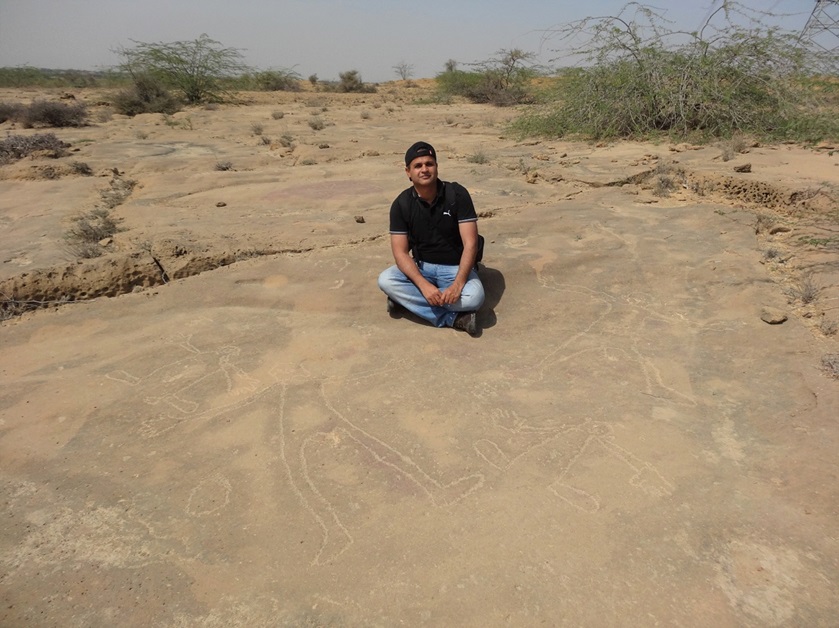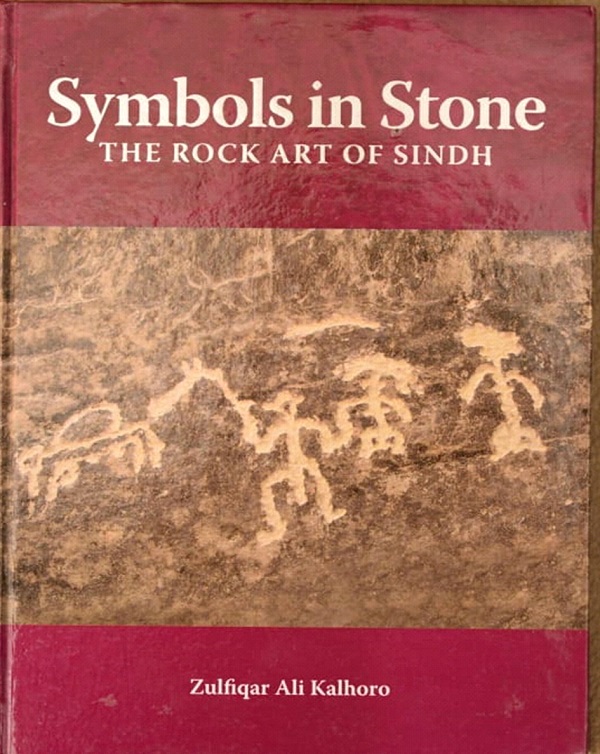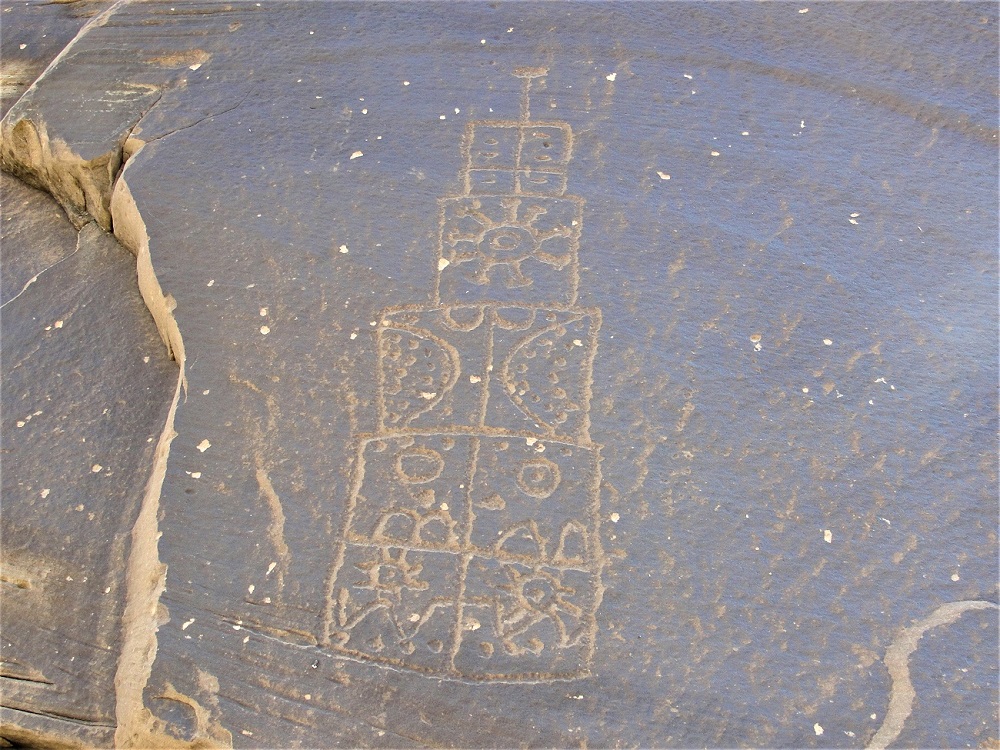Written by: Sirat Gohar Daudpoto
Posted on: September 19, 2023 |  | 中文
| 中文
Labyrinth and Stupa images at Lahut Tar, Mol Valley (Photograph taken by Dr. Zulfiqar Ali Kalhoro)
There was a time in the ancient past when Pakistan was a Buddhist country. Almost all of its parts were inhabited by the people who believed in Buddha’s philosophy. From the mountains in the north to the sea in the south, the followers of Buddhism were everywhere, and so were their sacred symbols and places. The remains of Buddhism and of Buddhists can be found all across the country. The Buddhist cultural material is not wholly sacred and a large portion of it contains non-religious objects, monuments and spaces. It includes buildings (e.g., stupas, temples, and monasteries), inscriptions, monuments, relics of Buddha and monks, rock art and sculptures. In particular, rock art related to Buddhism is an important part of the Buddhist archaeological material of Pakistan.
In different mountainous regions of the country, the symbols of Buddhism are carved and painted in abundance. So far thousands of Buddhist rock art sites have been discovered in Gilgit-Baltistan, Sindh, Balochistan, Khyber Pakhtunkhwa, Punjab and Kashmir. However, the region which is known for rock art is Gilgit-Baltistan, where a huge number of rock art sites belonging to different people and periods have been found, although rock art sites are also in abundance in other regions, particularly Sindh and Khyber Pakhtunkhwa. Dr. Zulfiqar Ali Kalhoro has documented around thirty-five thousand (35000) rock carvings and paintings in the different valleys in the Khirthar mountainous range and Sindh-Kohistan in Sindh. Dr. Zulfiqar also found and identified a large number of Buddhist carvings in Sindh and in the Khirthar range alone.

Dr. Zulfiqar Ali Kalhoro documenting rock art at Gidran Waro Gharoto rock art site in Karachi, Sindh
According to Dr. Zulfiqar, twelve hundred and forty-six (1246) carvings depicting stupas have been found on the surface of huge rocks, shelters and cliffs in the valleys of Khirthar. According to Dr. Zulfiqar, Buddhist symbols are found at every rock art site in the Khirthar range. Apart from this, Buddhist petroglyphs are also found in Karachi and Thano Bula Khan regions in Sindh. But the main concentration of Buddhist rock art in Sindh is the Khirthar range with nearly thirteen hundred (1300) Buddhist depictions, which include stupas, viharas, monasteries, shrines, dharmachakra, mandala, swastika, lotus and many more. As compared to other depictions, the images of stupas are large in number and are carved in almost all the valleys in Khirthar. Whereas, the petroglyphs of monasteries or viharas are only four, and they are found in the two sub-valleys, Chuchar and Zeni, in the Nali valley in Khirthar. Furthermore, some representations of the Buddhist symbols that include, for example, the wheel with eight spokes (dharmachakra), left-facing swastika, lotus flower and mandala are also found in different valleys of Khirthar.

Dr. Zulfiqar Ali Kalhoro’s book on the rock art in the Khirthar mountainous range in the Sindh province of Pakistan
It is no less intriguing that this region, Khirthar, which is the main concentration area of Buddhist rock art in Sindh, was part of ancient Buddhiyah (meaning the country of Buddhists). The ancient Buddhiyah covered the present-day Khirthar and Kachho regions of the Sindh province of Pakistan. It was the homeland of Buddhists belonging to the Hinayana sect of Buddhism. As Hinayana Buddhism was dominant in this area, no image of Buddha or Boddhisattva has been discovered in the rock art of Sindh, because in Hinayana Buddhism, Buddha has been represented with different symbols and not in human form. However, the presence of auspicious Buddhist symbols in the rock art shows that the Buddha is represented in the form of symbols: lotus, dharmachakra and swastika in the rock art of Sindh. In his book “Symbols in Stone: The Rock Art of Sindh”, Dr. Zulfiqar writes that ‘almost all of the auspicious Buddhist symbols are found in the rock art sites in the Khirthar Range’. These Buddhist carvings, Dr. Zulfiqar believes, were made on the flat and steep rock faces in different valleys by the Buddhist dwellers of the region, between the 1st and 9th centuries CE.

Stupa engraving at Shaho Kumb in the Seeta valley, Sindh (Photograph taken by Dr. Zulfiqar Ali Kalhoro)
You may also like: